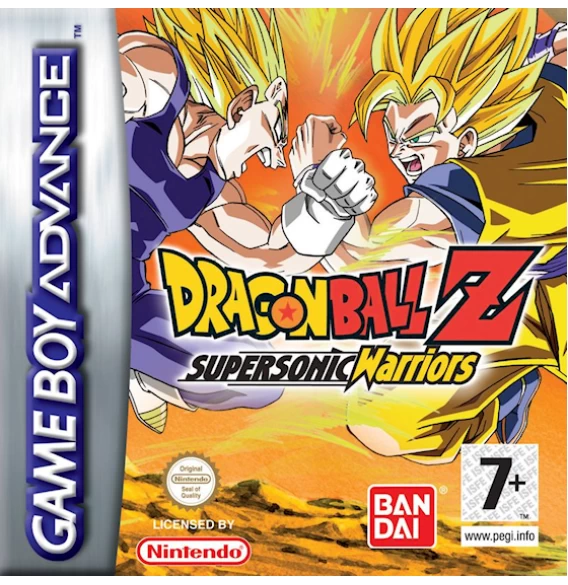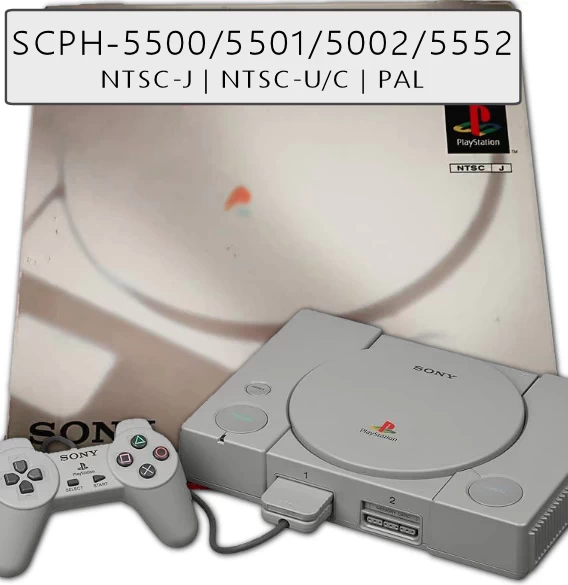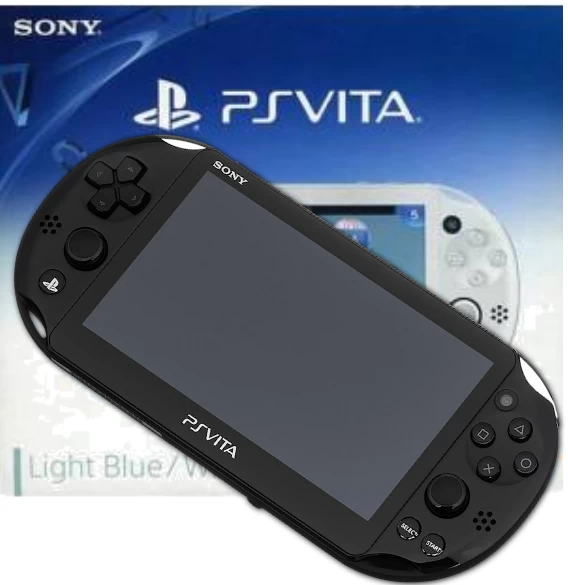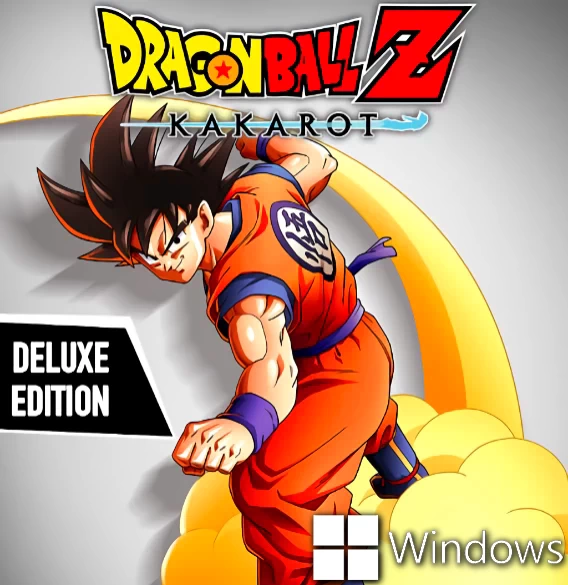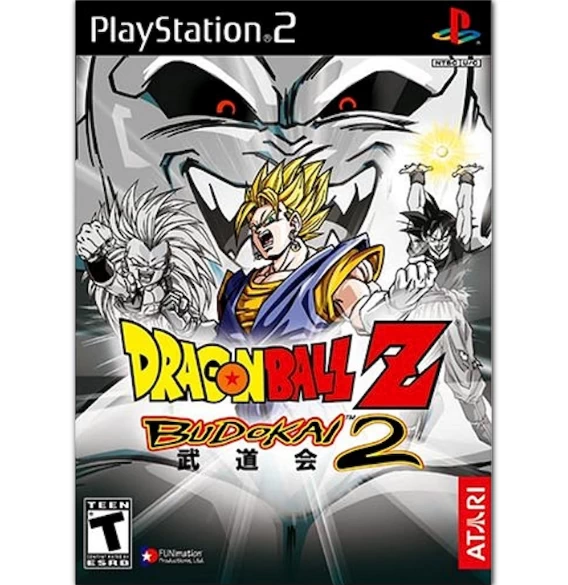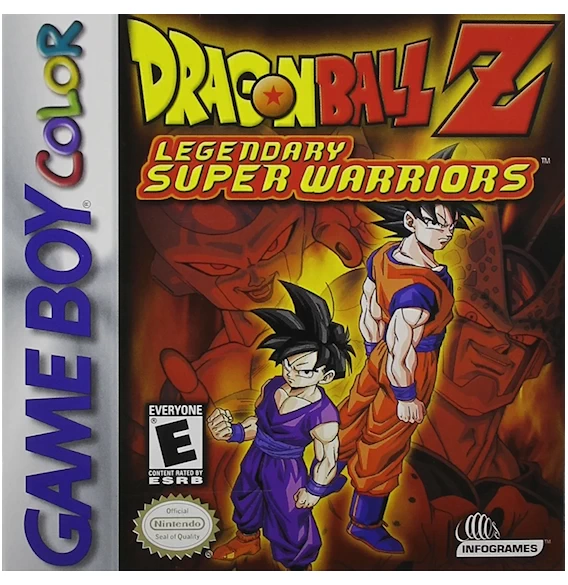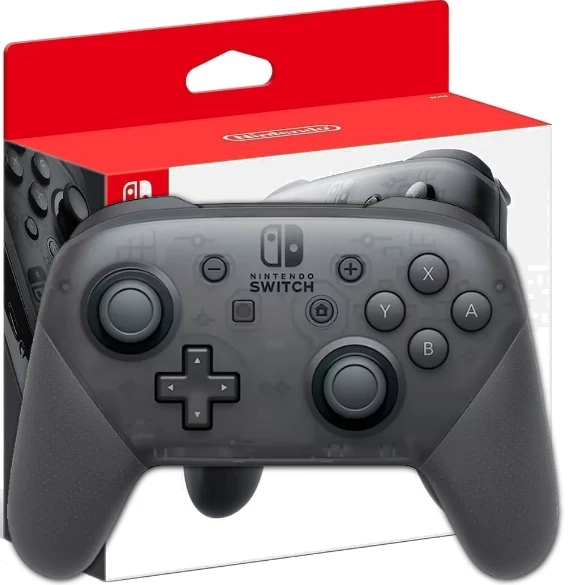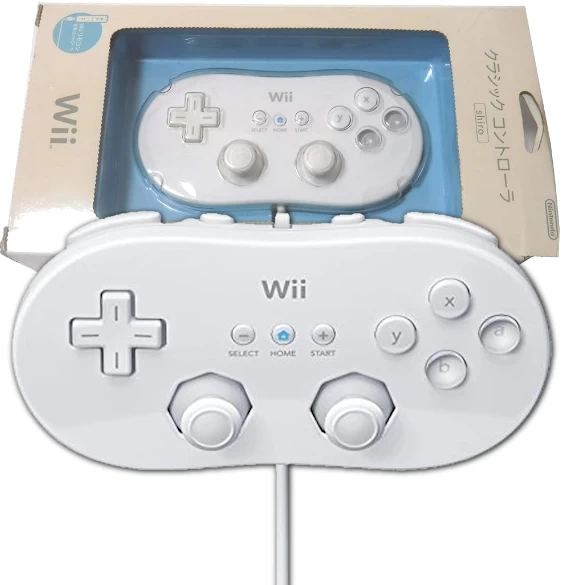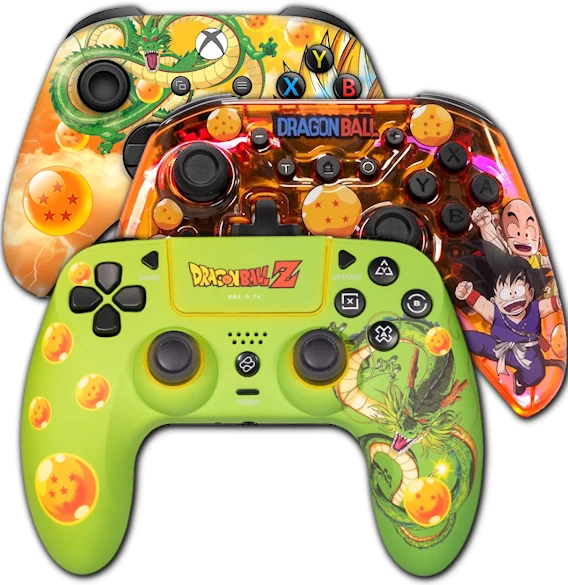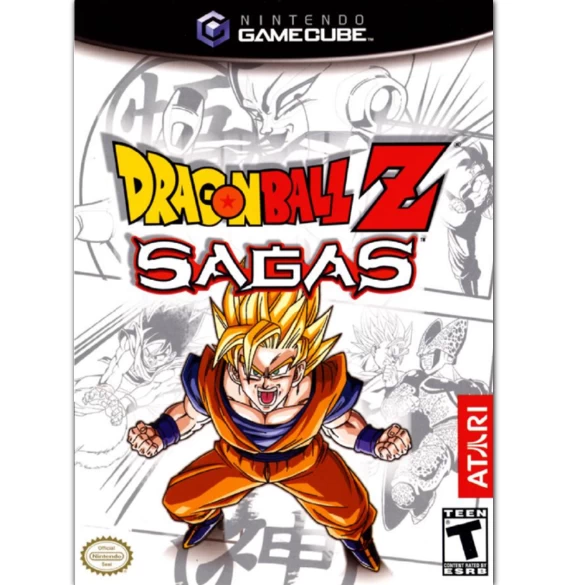All Dragon Ball video games for PC – Windows
The more than 10 existing Dragon Ball games for PC (Windows) and their expansions or DLCs.
Discover all the Dragon Ball games that have ever been available for PC since Dragon Ball Online in 2010.
Since Windows PCs have existed, we’ve been able to enjoy many Dragon Ball games through various console emulators. However, it wasn’t until 2010, with the release of Dragon Ball Online, that we had the first game officially launched for PC. Since then, more than 10 games have been released. Discover them all here, along with their DLCs or expansions.
The complete list of all Dragon Ball games available for PC (Windows) and their different editions
As mentioned before, it wasn’t officially until 2010, with the release of Dragon Ball: Legends, that we had games for our PC. But that is history now, and today we have over 10 games, like Kakarot, FighterZ, or Gekishin Squadra from 2025; different editions to choose from, some enhanced with season passes and cosmetic items, and collector’s editions that include physical content such as cases or figures/dioramas.
All Season Pass, DLCs or expansions for your Dragon Ball games released on PC.
Find here all the DLCs and Season Passes released for Dragon Ball games on PC. Take advantage and use the filter to view only the DLCs or expansions for the specific game.
Dragon Ball PC peripherals and accessories: mice, keyboards, mousepads... Play like a Saiyan!
To play the most modern Dragon Ball games, you’ll need a good PC: a solid processor, good graphics card, RAM, etc. But once your gaming machine is ready, you’ll also need the right peripherals and accessories to fully immerse yourself.
That’s why we’ve included links so you can get Dragon Ball-themed PC peripherals and accessories, such as mice, keyboards, headsets, mousepads, controllers, and more.
More complete lists of Dragon Ball games and video games.
We also have more complete lists of Dragon Ball games and video games cataloged by their gaming platform, including Board Games, PlayStation, Nintendo NES, etc.
Here are some of the Dragon Ball games and video games we have for you:
Discover some of the Dragon Ball games, video games, consoles, and collectible accessories. From the iconic NES and GameBoy to the latest PC, PS5, and X-BOX titles, as well as the timeless board games.
Dragon Ball Z: Supersonic Warriors
Dragon Ball Z: Supersonic Warriors
Dragon Ball Z: Supersonic Warriors is the second fighting game released for the GBA, offering multiplayer mode via the Link Cable. It features up to 13 playable characters from all DBZ sagas.
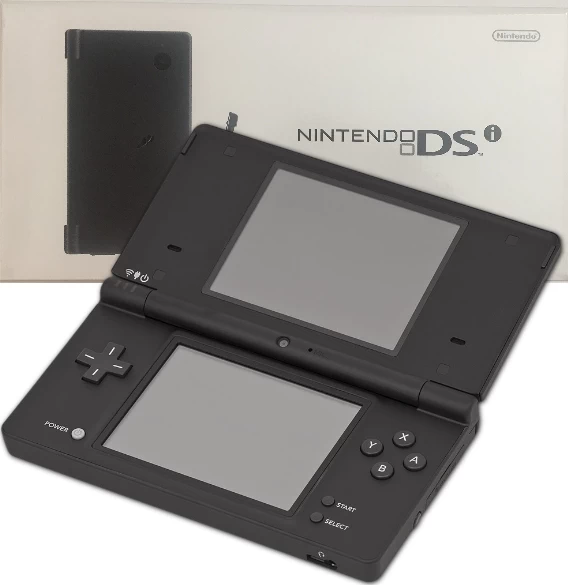
Nintendo DSi
Nintendo DSi
The Nintendo DSi takes handheld gaming a step further, with two built-in cameras, a larger screen, and access to the DSiWare store. A perfect console for those seeking entertainment and creativity.
PlayStation (SCHP-5500/SCHP-5501/SCHP-5502/5552) | NTSC-J · NTSC-U/C · PAL
PlayStation (SCHP-5500/SCHP-5501/SCHP-5502/5552) | NTSC-J · NTSC-U/C · PAL
The PlayStation models SCPH-5500, SCPH-5501, and SCPH-5502/5552 were the second revisions or models released by Sony for the PS1 in 1996, aimed at fixing issues from the SCPH-300X series.
These models belong to the SCPH-550X series, with the 5500 being NTSC-J, the 5501 being NTSC-U/C, and the 5502 and 5552 being PAL.
These models were the first to remove the video ports S-Video and RFU. However, they still kept the extra ‘serial’ port.
These models corrected one of the biggest issues of previous revisions: the disc drive’s location was changed, since before it was placed too close to the power supply, causing it to overheat and fail after extended use. In addition, the disc drive itself was improved, and the internal wiring of the console was simplified due to the removal of connectors.
The SCPH-550X series (its 4 models) includes 1 controller, 1 memory card, a parallel port, SGRAM for the GPU, and the internal power supply, along with the new PU-18 board, which was more efficient and replaced the PU-8.
PSVita Slim (PCH-2000)
PSVita Slim (PCH-2000)
The PS Vita Slim (PCH-2000) is the second version released of this console, characterized by being thinner than the previous version, with some redesigned buttons, but the most important novelty was the inclusion of OLED technology in the screen.
Dragon Ball Z: Kakarot - Deluxe Edition
Dragon Ball Z: Kakarot - Deluxe Edition
Dragon Ball Z: Kakarot – Deluxe Edition was released on the same day as the base game. This edition includes the base game, access to the first Season Pass with two extra episodes based on Dragon Ball Z: Battle of Gods, and permanent upgrades for your cooking items.
Dragon Ball Z: Budokai 2
Dragon Ball Z: Budokai 2
Dragon Ball Z: Budokai 2 is the second DBZ game released for the PS2 in 2003. The game was later released for the GameCube with improvements, including new characters and game modes.
It is the direct sequel to Budokai 1, released a year earlier, so it remains a fighting game with 3D stages and characters, hand-to-hand combos, energy attacks, flight, transformations, etc. It includes game modes such as Duel, Story, Tournament, Shop, and Training. The game, as mentioned, features a multiplayer mode.
Its Story Mode is a bit special, as it places you on a board where you carry out battles and moments that happened in the Dragon World, covering all the DBZ sagas. Your goal is to collect the 7 Dragon Balls and make wishes that unlock characters, abilities, and game modes.
It features 31 playable characters, some of them are: Yamcha, Trunks, Krillin, Gero, and Kid Buu.
Dragon Ball Z: Legendary Super Warrior's
Dragon Ball Z: Legendary Super Warrior's
DBZ: Legendary Super Warrior's is an RPG/Strategy card battle game that covers the entire DBZ storyline, from the Saiyan Saga to the Majin Boo Saga. The game is compatible with 2 players via the Cable Link.
Dragon Ball Z: Sagas
Dragon Ball Z: Sagas
Dragon Ball Z: Sagas is the third DBZ game released for the GameCube console in 2005. The game was released simultaneously for PS2, Xbox, and GameCube, but with graphical improvements thanks to the console's cel-shading.
It is an RPG adventure game with battles similar to fighting games but in a different context. Nowadays, we could say it is the closest thing to Kakarot at the time, but without being open-world; rather, it is a linear progression, facing waves of enemies while playing through the story or other game modes.
The new and unique feature not seen until then is the ability for 2 players to play in co-op mode, completing the story together with a friend. In fact, the game has no versus mode or any PvP.
Its story mode includes content from the beginning of DBZ, with the Saiyan Saga, up to the Cell Saga.
PSP-2000 (Play Station Portable)
PSP-2000 (Play Station Portable)
The PSP-2000 (PlayStation Portable), also known in some regions as "PSP Slim & Lite", is the second version of the PSP. It is slimmer than the previous one, features a video output, improvements to the screen and RAM, and some bug fixes.




